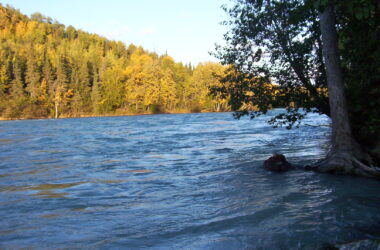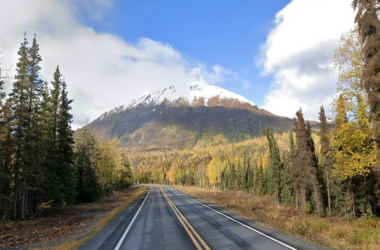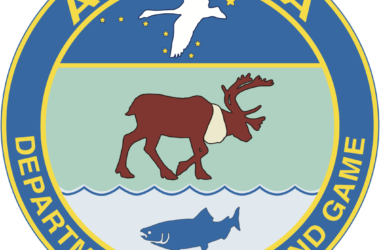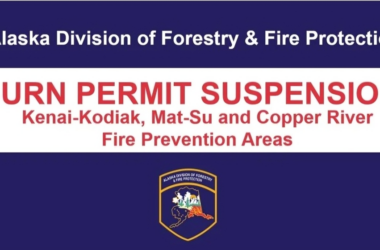Invasive Northern Pike in the Miller Creek Watershed on the Kenai Peninsula has become a problem as of late.
The U.S. Fish and Wildlife Service is seeking public input on management strategies to manage northern pike in the Miller Creek Watershed. Ben Wishnek with the US Fish and Wildlife Service for the Kenai National Wildlife Refuge spoke to KSRM, “We are considering taking steps this summer and fall to eradicate the invasive Northern Pike in the Miller Creek Watershed to help preserve the native fish community there. We’re seeking the public’s ideas on the issues and alternatives that we should consider while we’re developing our management strategies for the project.”
Wishnek says the pike are aggressive predators that prey on native fish species like rainbow trout and salmon, “What we want to ensure is that the area has a healthy native rainbow trout and salmon population to benefit the ecology of the area as well as ensure continued fishing opportunities for the public. Something that’s of note is that the Miller Creek Watershed is the last confirmed infestation of Northern Pike on the Kenai Peninsula. Once we’re able to take a management action on these, we’ll have that invasive species gone from the Kenai Peninsula. That’s following a lot of work that’s been done by the Alaska Department of Fish & Game over the last number of years.”
The ultimate goal of the northern pike management activities is to prevent negative impacts to native fish species, aquatic ecosystems, recreational activities, commercial activities, property values and subsistence uses throughout the Kenai Peninsula.
Wishnek says, “In order to achieve that goal, there are a bunch of different methods that we could potentially use. We have a bunch of different tools in our toolbox to eradicate the invasive northern pike and ultimately achieve our goal of restoring the native fish. That includes potentially using gill nets to remove the pike or we could put temporary barriers in strategic places in the system to keep the pike from spreading. We could use a commonly used fish pesticide. We could restock the area with native fish. There are a bunch of different tools. We could use those individually or in combination. What we’re looking for is the public’s input. Once we have the public’s input, we’re going to draft what we think we’re going to be doing moving forward, then we’ll have another opportunity in March for the public to comment. Once we have everything lined up, there will be a document they can read with all the different possibilities. There will be a second comment period open at that point. This is part of it, being able to include the public’s comments and make sure that they have a say in how we manage their resources.”
Those wishing to provide input are encouraged to do so by January 19, 2021 by any one of the following methods:
- U.S. Postal Mail – Comments should be sent to:
- Ben Wishnek, US Fish and Wildlife Service, Kenai National Wildlife Refuge, P.O. Box 2139 Soldotna, Alaska 99669
- Electronic Mail – [email protected]






